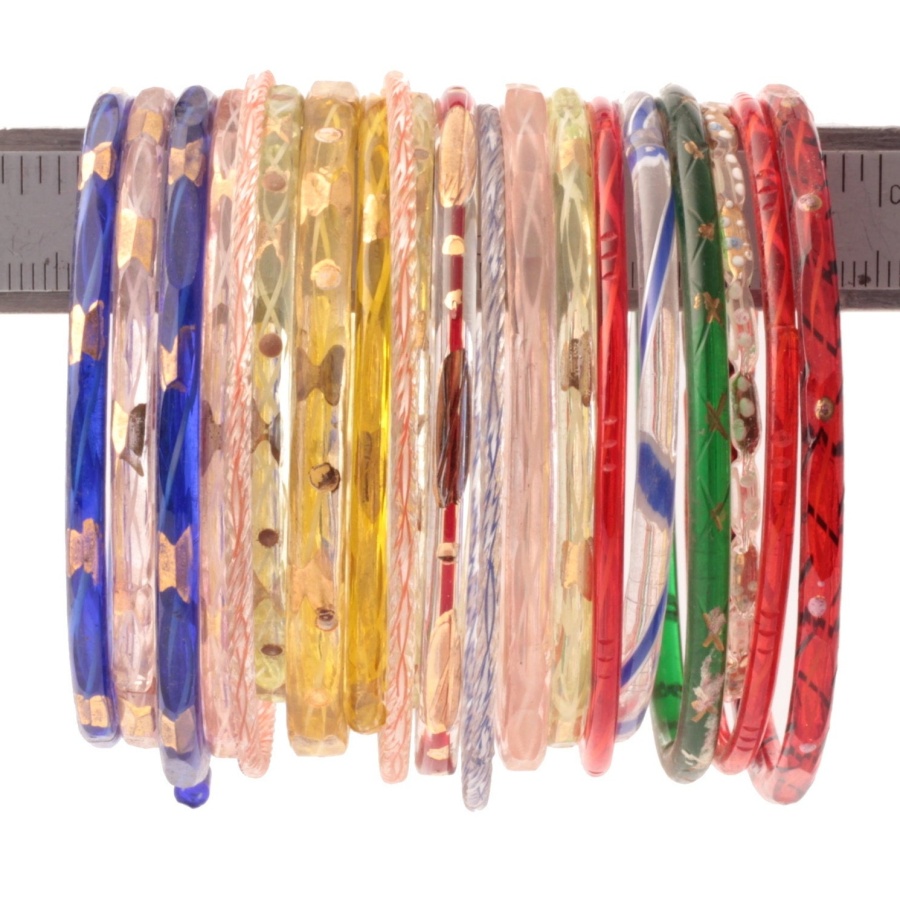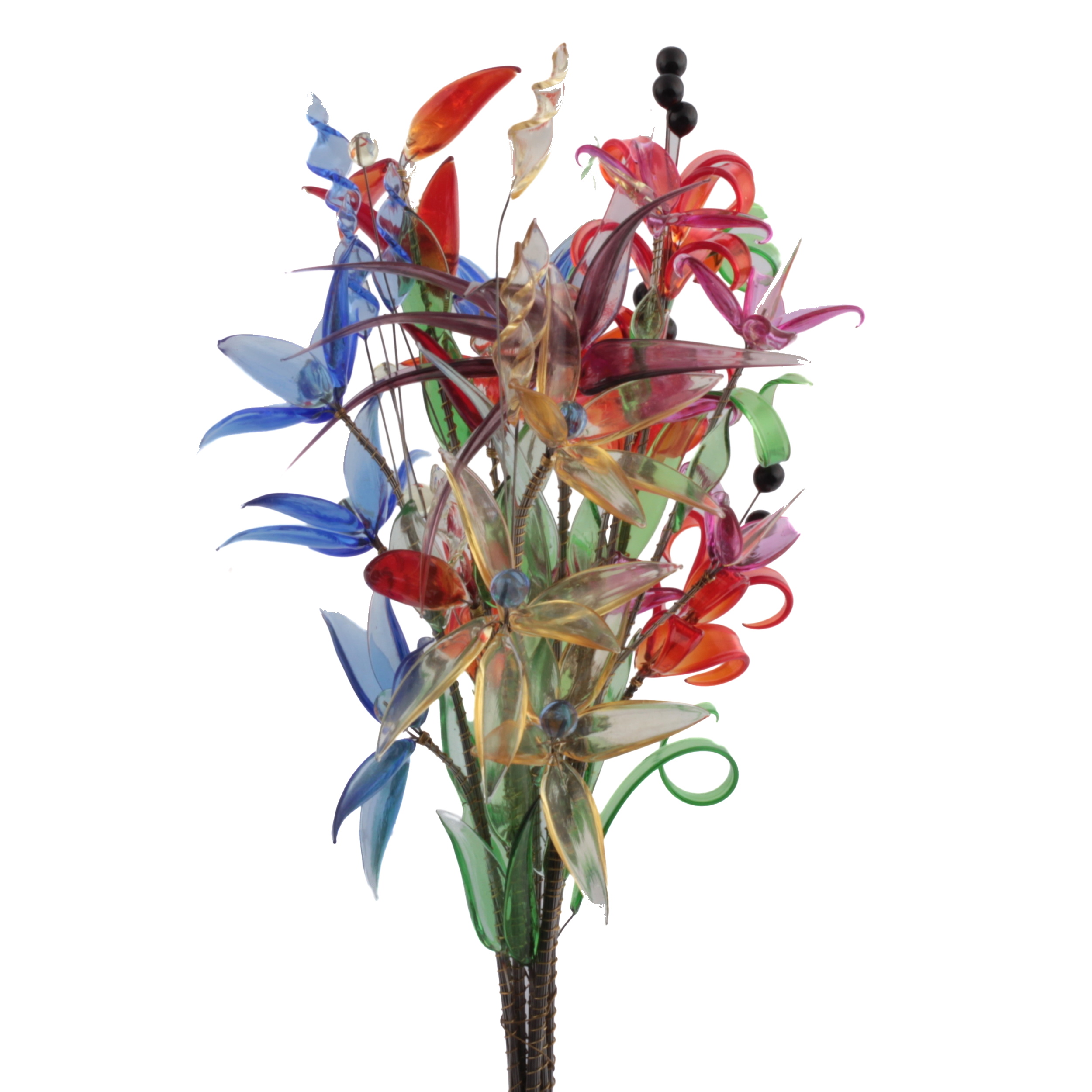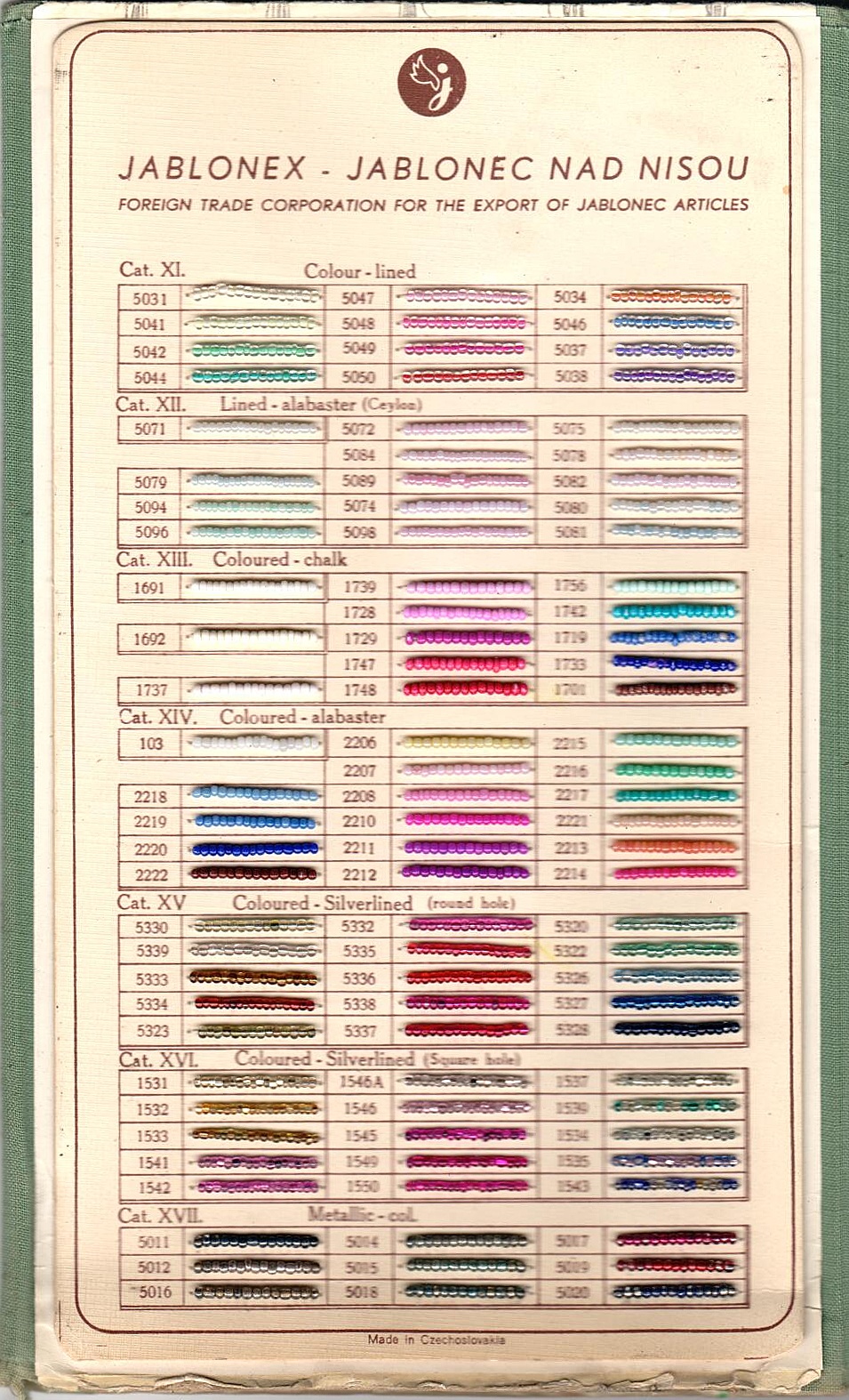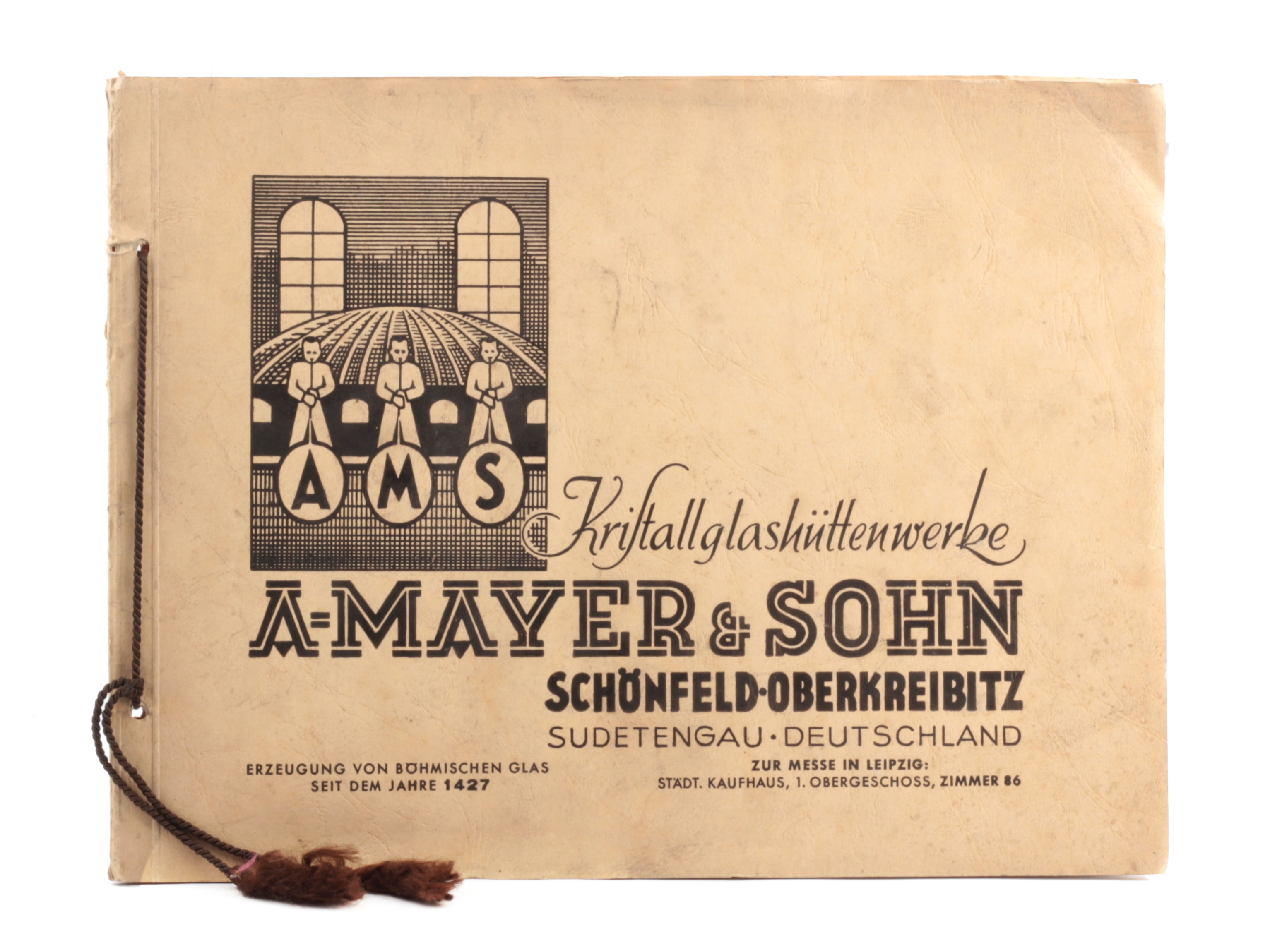
The Czech glass bangle industry
Adapted from "Baubles, Buttons and Beads" The Heritage of Bohemia by Sibylle Jargstorf. Well worth purchasing as a fantastic reference book.
The Gablonzers (glass makers from the Gablonz region of Czechoslovakia) had already long established trade links with the Indians but between 1870 and 1880 they became aware that Indians used glass bangles exclusively for ornament. The early bangles were elaborately decorated, cut and enamelled but they soon realised the market did not require such sophisticated bangles.
Early examples of hand cut, faceted, enamel, gilt and mirrored glass bangles
Production soon split into the making of "common bangles" which required no cutting and bangles with far more elaborate designs. Lampwork bangles, made from highly patterned canes, were first created around 1908. The making of these simplified after the first world war and the heated cane was simply wound around a metallic core and the ends later joined together by cottage workers.
Examples of lampwork cane bangles
The bangle industry, exporting first to India and then to the Middle East, was started by a few companies including the Emanuel Huttmann company in Antoniwald and the the Emil Muller and Carl Walldorf companies in Gablonz. The incredible success led to numerous other companies joining the bangle making business and eventually the requirement for glass was so high that glass had to be sourced from Bohemia and Moravia.
Enamel and Gold Gilt examples
Competition between the bangle exporters soon grew out of control. Various efforts were made to prevent excessive manufacture and price cutting from ruining the market. The "Gablonz Glassbangle Syndicate" was founded on 1904 and was joined by 35 companies. The syndicate ensured the indusrty prospered with fair wages and pricing of goods. Within three years, the market was ruined by new companies and in 1910 the syndicate was dissolved.
The early 20th Century was the peak period of the glass bangle business. Shiploads were sent through Trieste to Bombay and Basra and through Hamburg to Madras, Calvutta, Rangoon and Basra. The yearly export before World War 1 was around 28 million bangles!
The onset of the war brought the business to an abrupt end but exporters resumed trade as soon as the war ended. The high quality fancy mirror market remained stable in the hands of the Gablonzers but the production of the common bangle was lost due to competition for Japanese and Indian makers. The industry permanently ended with the onset of the second world war.
As a company, we acquired a vast amount of bangles that had been stored for decades in a basement. The majority were wrapped in paper stamped with "Bernstein". A great deal were common, plain, bangles but in beautiful old glass colors such as amethyst, cobalt blue and Emerald green. Also many were lampwork with bicolor twist, multicolor filigree and bicolor with added gold gilt. A smaller quantity of older mirrored and enamelled bangles were also in the lot. We have still dozens of boxes unopened but the images here reflect the variety.
These are beautiful, true antique, items and can be used in many projects such as napkin making, earring design and crafting






























Comments3